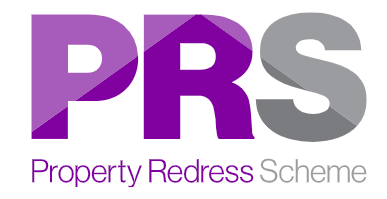The History Behind Soho
25 April 2021
Soho is one of the busiest and most vibrant areas of Central London. Now the gay capital of London, and filed with bars, music venues, and raunchy shops, it’s hard to imagine that up until the 17th century Soho was only a series of open fields! In this blog, we examine a brief history behind Soho London.
The Beginnings
As mentioned above, Soho was an agricultural district up until the 1600s. From the mid-1670s onwards, aristocrat land-owners and property developers would slowly slowly transform Soho into a suburb area, mixed with homes and artisan workshops. Many of the streets around Old Compton Street still have the same names from that period. It was also around the 1680s that the name “SO HO” appeared on the London map. It is said that the name comes from a former hunting cry! As James Scott, 1st Duke of Monmouth, would call out “So hoe” as a rallying call for his men at the Battle of Sedgemoor (July 1685).
Attracting a new crowd
Although Soho was mainly inhabited by aristocrats and gentry, things took a shift from the 20th century. The second half of the 19th century saw an influx of immigration from Germany, Italy, and Hungary to London. Some of these migrants would settle in Soho and open up markets and restaurants specialising in their national cuisine. This then began to attract a bohemian community. After the Second World War, Soho became known for its red-light district. Strip clubs, peep shows, and other sex-related businesses based themselves here. Which is why in the present day you can still find adult book and video shops, sex shops, and raunchy burlesque clubs.
The Music Scene
From the early 20th century, Soho’s music industry was also beginning to flourish. As early as 1911, Laurence Wright started the first music publishing company in Soho. By the 1960s, it was fashionable to write and record your own music. Consequently many recording studios started up in Soho. For example, big names such as The Rolling Stones and Black Sabbath would produce albums in recording studios located in Soho. Ronnie Scott’s Jazz Club, a famous venue founded in 1959 and still rocking today, was the last place where Jimmy Hendrix performed! Since the 1980s, gay Soho based itself on Old Compton Street. Which is why you can still find many gay bars and clubs operating in that area.
Pubs and Clubs
It’s only natural that a hub for musical activity and London’s underground gay scene spawned an area of London that has a vibrant nightlife. Several media and film distribution companies have also based themselves in Soho – historically around Wardour Street. This is why it’s well-known for its pubs and clubs. Furthermore with Chinatown right next door, this district has become the place with restaurants and cafes of every dining style and cuisine.
Conclusion
There is always something to do in Soho. Whether you’re a nightlife person, foodie, or music nerd, you will find your community here. Myrooms offer rooms to rent within a flat-share in this lively part of London. As we know it’s an attractive place for young professionals and students.
Contact MyRooms
To learn more about London and how you can make a beautiful, well-furnished flat your home, contact Myrooms and speak with a London flat-share specialist today!
If you enjoyed this article, please feel free to share it on your favourite social media sites.


